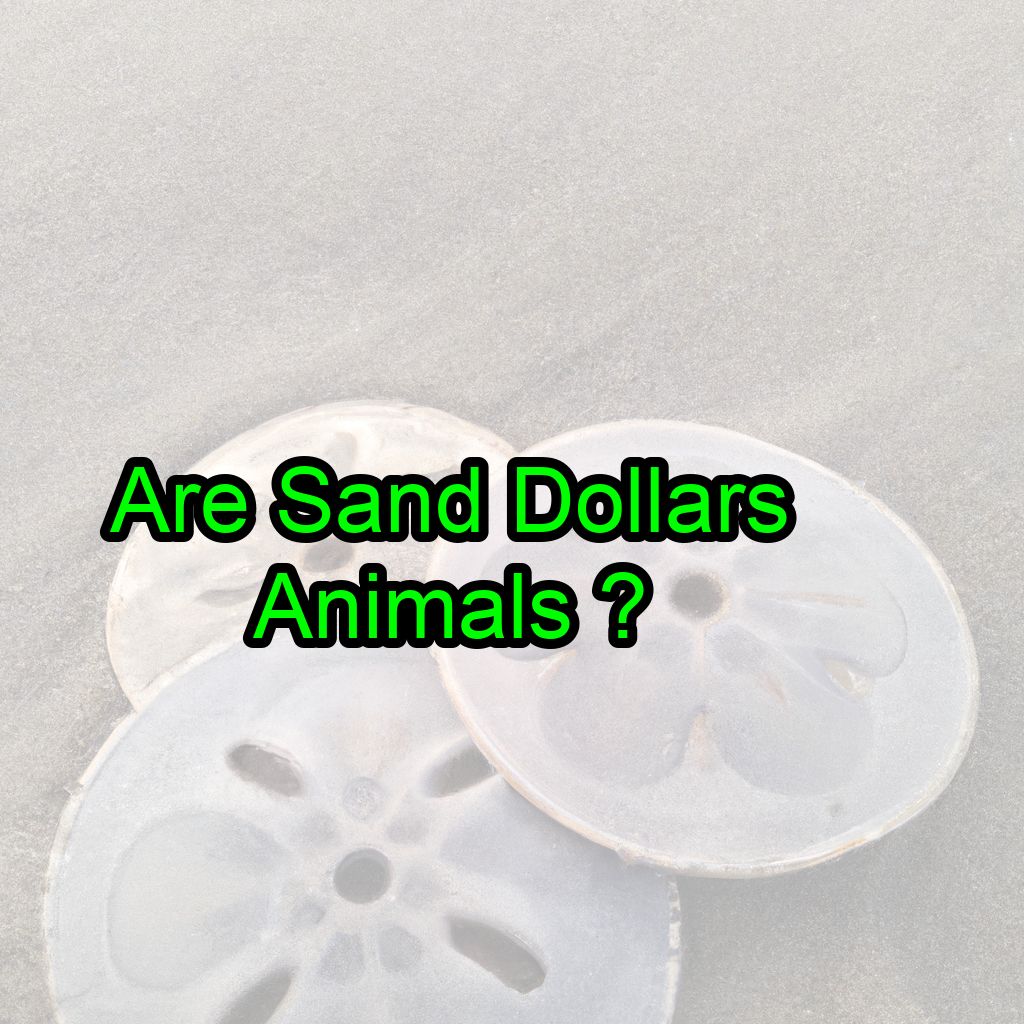Sand dollars are a type of marine invertebrate that belong to the class Echinoidea. They are often found on sandy beaches or in shallow waters along the coast.
Yes, sand dollars are animals. They belong to the class Echinoidea, which includes sea urchins and other marine creatures with a similar structure. Sand dollars are invertebrates, meaning they lack a backbone, and they are part of the phylum Echinodermata, which also includes sea stars and sea cucumbers. Sand dollars live on the ocean floor and feed on organic particles, algae, and small organisms. Their flat, round shape and unique pattern make them easily recognizable, but it is important to remember that they are living creatures and not just decorative objects.
Although they may look like shells, they are actually living creatures. In this blog post, we will discuss whether sand dollars are animals and explore some interesting facts about these creatures.
What Are Sand Dollars?
Sand dollars are flat, round-shaped organisms that have a hard, calcareous exoskeleton.
They belong to the same family as sea urchins and starfish.
Sand dollars are found in shallow waters around the world, and they are known for their distinctive five-pointed star pattern on their body.
They are usually found buried in the sand, where they feed on tiny particles of food that they filter out of the water.
Are Sand Dollars Animals?
Yes, sand dollars are animals. Although they may look like shells, they are actually living creatures that belong to the phylum Echinodermata.
This phylum includes other marine animals such as sea urchins and starfish. Sand dollars are classified as echinoids, which means they have a hard, spiny exoskeleton.
Sand Dollars Animals .png” alt=”” width=”600″ height=”400″>
Sand dollars are also known for their unique feeding mechanism. They have a specialized organ called the petaloid ambulacra, which is used to capture small particles of food from the surrounding water.
Sand dollars are also able to move using spines on the underside of their body. They use these spines to burrow into the sand or to move along the ocean floor.
Interesting Facts About Sand Dollars
- Sand dollars can live up to ten years in the wild.
- Sand dollars have a unique five-pointed star pattern on their body, which is used for identification.
- Sand dollars are able to regenerate lost spines or parts of their exoskeleton.
- Sand dollars are important for marine ecosystems, as they help to filter the water and provide food for other animals.
- Sand dollars can reproduce both sexually and asexually.
How to Identify a Living Sand Dollar
If you find a sand dollar on the beach, it may be difficult to tell if it is alive or dead.
Here are some tips to help you identify a living sand dollar:
- Look for movement: Living sand dollars will move slightly when touched or when the water moves around them.
- Check for hair-like structures: Living sand dollars have hair-like structures called cilia on their body, which are used for movement and feeding.
- Look for color: Living sand dollars may have a slight green or purple color to their body, while dead sand dollars are usually white or gray.
Conclusion
In conclusion, sand dollars are animals that belong to the class Echinoidea.
They are known for their distinctive five-pointed star pattern and their ability to filter food from the surrounding water.
Sand dollars are important for marine ecosystems, and they are able to regenerate lost parts of their exoskeleton.
If you find a sand dollar on the beach, make sure to check if it is alive before taking it home as a souvenir.




